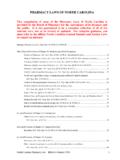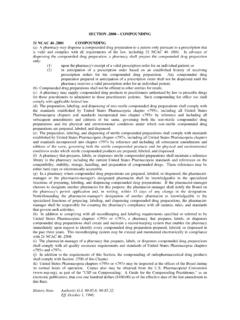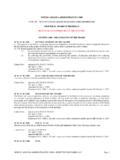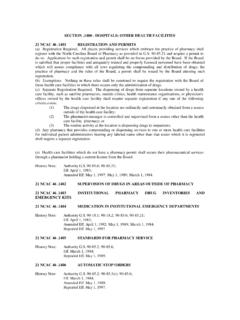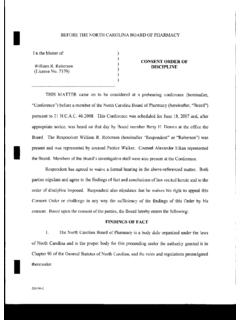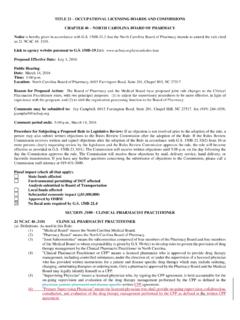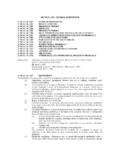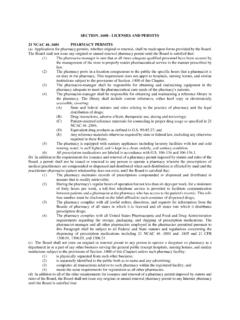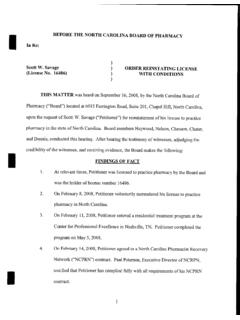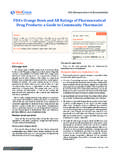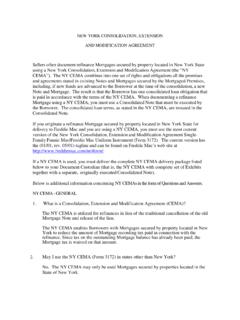Transcription of Alternatives for Metoprolol Succinate - NCBOP
1 More.. Copyright 2009 by Therapeutic Research Center Reprinted with permission CR09334 Pharmacist s Letter / Prescriber s Letter ~ Box 8190, Stockton, CA 95208 ~ Phone: 209-472-2240 ~ Fax: 209-472-2249 ~ Detail-Document #250302 This Detail-Document accompanies the related article published in PHARMACIST S LETTER / PRESCRIBER S LETTER March 2009 ~ Volume 25 ~ Number 250302 Alternatives for Metoprolol Succinate Background Metoprolol tartrate (Lopressor) is a regular, immediate- release tablet, while Metoprolol Succinate (Toprol XL) is an extended - release ,2 A shortage of generic Metoprolol Succinate has necessitated switching some patients to alternative therapy.
2 An option for some patients is Metoprolol tartrate (Lopressor and its generics). This article reviews the differences between Metoprolol tartrate and Metoprolol Succinate , and offers practical information on switching patients taking Metoprolol Succinate to alternate therapy. Indications Metoprolol tartrate is FDA-approved for hypertension, angina, and Metoprolol Succinate is approved for hypertension, angina, and heart Pharmacokinetics, Pharmacodynamics, and Dosing Metoprolol tartrate is usually dosed twice daily.
3 It can be effective for hypertension when dosed once daily, but low doses ( , 100 mg) given once daily may not control blood pressure for a full 24 Metoprolol Succinate is dosed once daily. Metoprolol Succinate produces more level Metoprolol concentrations than the immediate- release tablets ( , lower peaks and less peak-to-trough variation).2 Metoprolol tartrate is at least 30% more bioavailable than Metoprolol Succinate ( , more drug is absorbed).2,3 However, overall 24 hour beta-blockade is comparable at the same Heart Failure As noted above, Metoprolol Succinate is indicated for heart failure, while Metoprolol tartrate is not.
4 Metoprolol Succinate was compared to placebo in heart failure patients in the MERIT-HF study. Patients with Class II through IV heart failure with an ejection fraction of 40% or less received Metoprolol Succinate titrated to a target of 200 mg daily. Patients also continued ACE inhibitors, digoxin, and diuretics. The main outcome measures were total mortality and a combined endpoint of total mortality or all-cause hospitalization. MERIT-HF was stopped after the second interim analysis of the data because predetermined criteria for termination had been met ( , there was a significant difference between treated patients and those receiving placebo).
5 After a mean follow-up of one year, total mortality was in the Metoprolol Succinate group and 11% in the placebo group (p= ). The combined endpoint (total mortality plus hospitalization) occurred in of the placebo patients vs of the Metoprolol patients (p< ).4,5 In the COMET trial, carvedilol (Coreg) immediate- release (target dose 25 mg twice daily) was compared to Metoprolol tartrate (target dose 50 mg twice daily) in patients with Class II through IV heart failure and an ejection fraction less than 35%.
6 Mortality was lower in the carvedilol group (34% vs 40%, p= ).3 The clinical applicability of COMET s findings have been questioned because of the low Metoprolol target dose Indeed, a recent epidemiologic study of heart failure patients found mortality rates per 100 person-years of for carvedilol, for atenolol, and for Metoprolol tartrate. Only the difference between atenolol and Metoprolol tartrate was significant (p= ). (Carvedilol and Metoprolol tartrate were not directly compared).
7 7 There was also no difference in the rate of rehospitalization among the three These results must be interpreted with caution because these studies were not randomized, and differences among patients ( , age, severity of heart failure, comorbidities) may have affected the results. Commentary When shortages or other circumstances necessitate alternate therapy for patients taking (Detail-Document #250302: Page 2 of 3) More.. Copyright 2009 by Therapeutic Research Center Reprinted with permission CR09334 Pharmacist s Letter / Prescriber s Letter ~ Box 8190, Stockton, CA 95208 ~ Phone: 209-472-2240 ~ Fax: 209-472-2249 ~ Metoprolol Succinate , indication must be considered.
8 For hypertension or angina, stable patients can be switched to the same total daily dose of Metoprolol tartrate divided twice ,9 Because Metoprolol tartrate produces a higher peak and is better absorbed than Metoprolol Succinate , some patients might not tolerate Watch for side effects beginning within one hour after the Also monitor pulse and blood pressure. A lower dose may be necessary, or some patients might be better able to tolerate a longer acting beta-blocker such as bisoprolol (Zebeta).
9 For heart failure, some clinicians use Metoprolol tartrate, but it is best to stick with agents with proven outcomes in heart failure ( , carvedilol, bisoprolol, Metoprolol Succinate ) [Evidence level C; consensus].10 It has been suggested that patients can be switched from Metoprolol Succinate to an alternate beta-blocker starting 24 hours after their last dose. The dose of the alternate beta-blocker is based on dose equivalencies and clinical In the open-label portion of COMET, to maximize safety, it was determined that patients should be switched to one-half the equivalent dose of an evidence-based beta-blocker.
10 For example, patients receiving Metoprolol tartrate 50 mg twice daily were to be switched to carvedilol mg twice daily or bisoprolol mg daily. The dose was then doubled every one to two weeks, if tolerated, to carvedilol 50 mg twice daily or 10 mg of bisoprolol once daily. Slower titration could be done per the investigator s clinical judgment. Patients who were tolerating only a low beta-blocker dose, and patients with Class III or IV heart failure, pulse <50 beats per minute, or systolic blood pressure <90 mm Hg, were considered at higher risk of decompensation during the switch.

